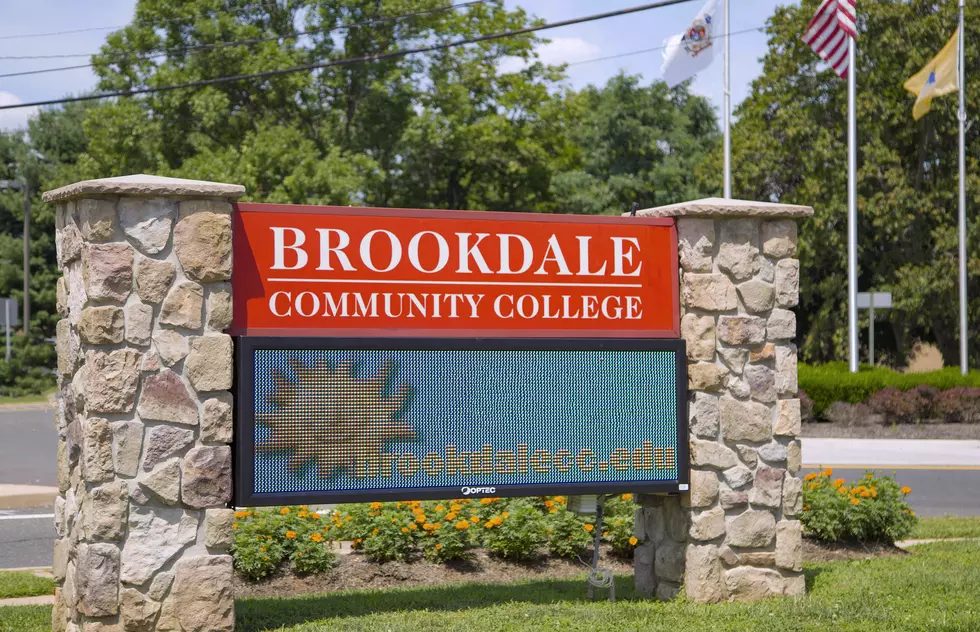
Calculating need-based financial aid
Q. Family members want to help with tuition costs for my daughter, but we don’t want them to hurt chances for financial aid. What do we need to know?
— Mom
A. Whether or not a gift may impact financial aid will depend on what aid your student would qualify for based on your family’s finances.
A student could be offered need-based aid, merit-based aid or a combination.
It’s the need-based aid that could be impacted by financial gifts.
To understand how need-based aid is calculated, you’re going to need to complete the Free Application for Federal Student Aid, commonly called the FAFSA.
After you complete the form, you’ll learn your family’s Expected Family Contribution, or EFC.
If you haven’t completed the FAFSA yet, you can get an estimated EFC by using one of the many free tools you can find online, said Peter McKenna, a certified financial planner with Highland Financial in Riverdale.
You’d have to input your income, assets, family size, how many students you have in college and some other data.
McKenna said the EFC is the figure that the FAFSA calculation determines as the amount that the family can pay towards education expenses for the coming year.
“The calculation assumes that 22 to 47 percent of parental income and roughly 6 percent of parental assets excluding retirement accounts and primary home equity are available each year,” McKenna said. “Student income and assets are assessed at higher percentages once they are over certain threshold values.”
Most families find the EFC figure to be significantly more than they realistically afford to pay each year, McKenna said.
Next, you need to get the Cost of Attendance or COA estimate from the schools your student is considering. Even better, get the schools’ Net Cost Calculation, which you can get from the school’s website based on your specific inputs for that student.
He said some schools may offer aid based on academic, athletic or artistic talent and that should not be materially impacted if you are helping to cover any unmet cost of education.
“Need-based aid is different and it is intended to help close the gap between the school’s Cost of Attendance and the Expected Family Contribution, also known as demonstrated need,” McKenna said. “If any gift you provide impacts the way the EFC is calculated, it could decrease the demonstrated need and the amount of any need-based aid they receive.”
So, McKenna said, with the Net Cost Calculation or the Cost of Attendance and EFC materials in front of you, determine if the student has a demonstrated need.
“If the EFC is well in excess of the school’s cost of attendance, there is no demonstrated need for the school to meet and your gift is unlikely to hurt their chances of financial aid,” McKenna said. “If the EFC is materially lower than the COA, there is significant demonstrated need that may or may not be met by other sources.”
So, any student’s family needs to take great care to be sure a gift doesn’t result in a material reduction in aid.
“If the student appears to qualify for aid or if the numbers are close, it is worth speaking to the financial aid office at the school you are considering to determine how much, if any need-based aid the student is likely to receive,” McKenna said.
Email your questions to ask@njmoneyhelp.com.
Karin Price Mueller writes the Bamboozled column for The Star-Ledger and she’s the founder of NJMoneyHelp.com. Click here to sign up for the NJMoneyHelp.com weekly e-newsletter. Like NJMoneyHelp.com on Facebook and follow it on Twitter.
More From New Jersey 101.5 FM









